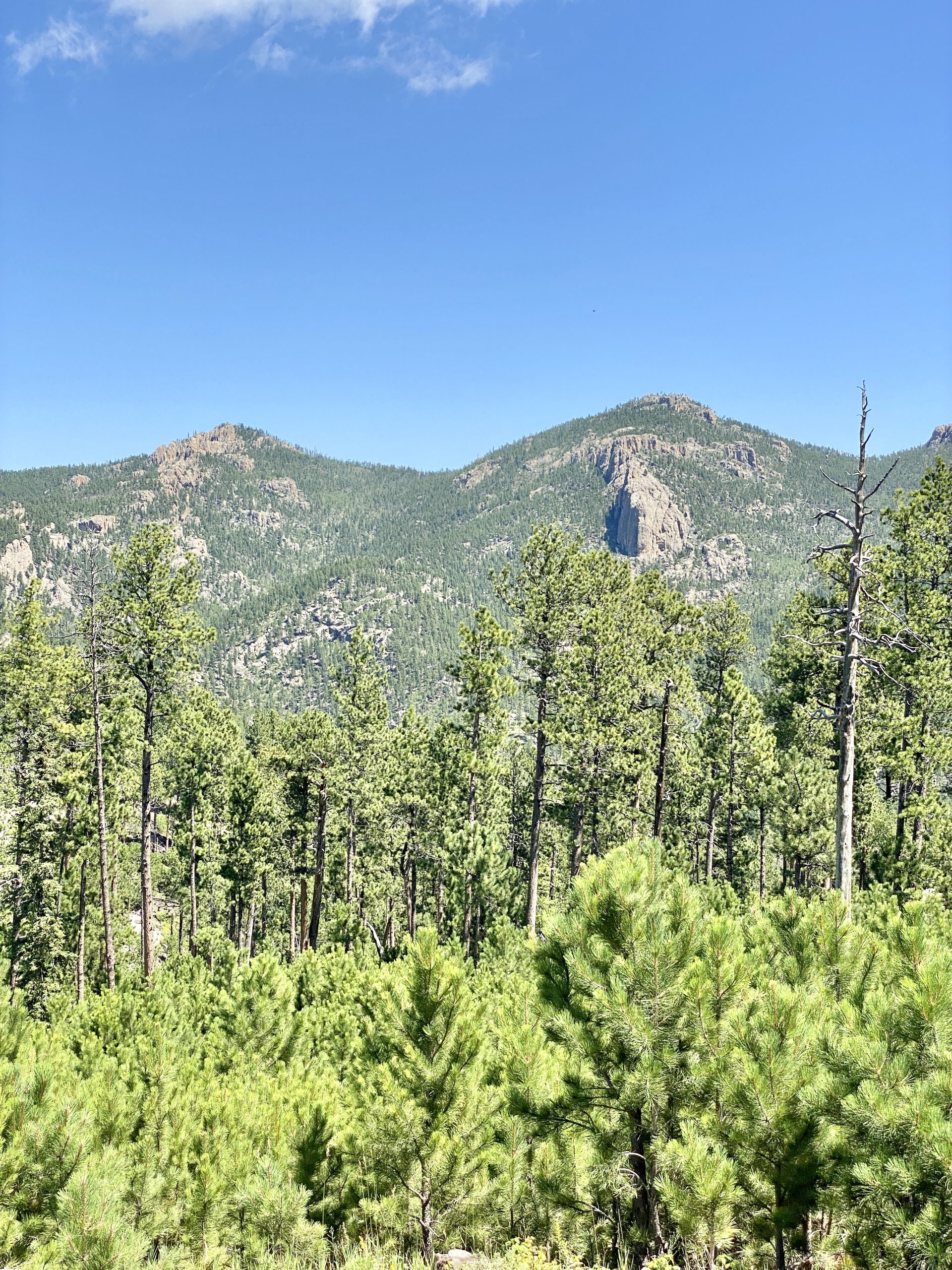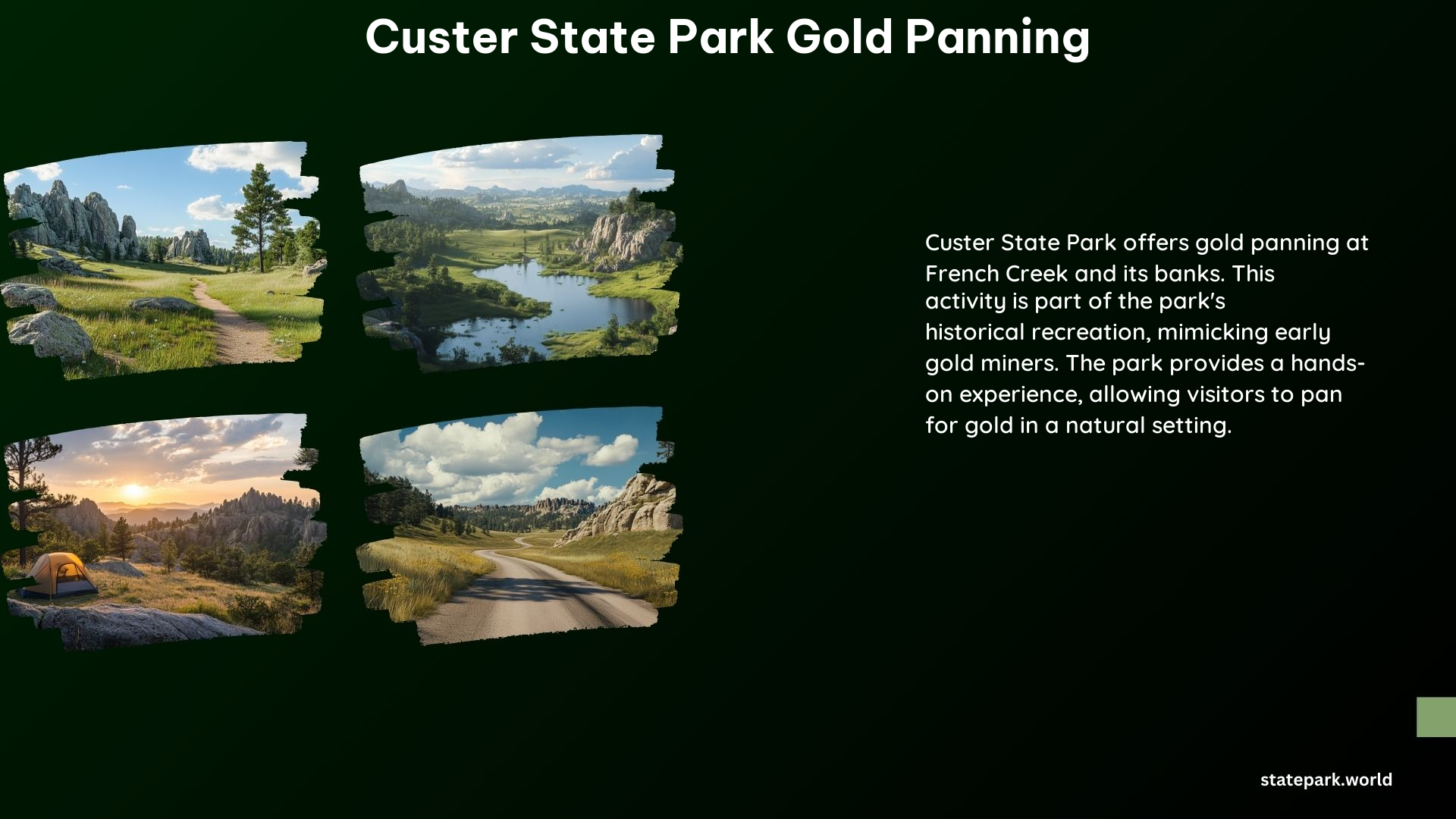Custer State Park in South Dakota is a renowned destination for outdoor enthusiasts, offering a diverse range of activities, including the captivating pursuit of gold panning. Whether you’re a seasoned prospector or a curious explorer, the park’s designated areas and regulations provide the perfect setting to uncover the hidden treasures of the Black Hills.
Designated Areas for Gold Panning

The primary location for gold panning in Custer State Park is the picturesque French Creek, which flows through the heart of the park. This creek was a significant site for early gold miners, and today, visitors can still try their hand at panning for the elusive yellow metal along its banks.
Regulations for Gold Panning

Custer State Park has a set of regulations in place to ensure the responsible and sustainable enjoyment of gold panning activities. Here’s what you need to know:
Permits
No special permits are required for gold panning in Custer State Park. However, visitors must adhere to the park’s general rules and regulations.
Equipment
Only hand tools, such as gold pans, sluice boxes, and small hand shovels, are permitted. Motorized equipment and dredging are strictly prohibited.
Private Land
It’s important to be aware that some areas along the streams may be private property. Respect any claim markers and private land boundaries to avoid any legal issues.
Guided Gold Panning Activities
For those who want a more immersive experience, Custer State Park offers guided gold panning activities at the Gordon Stockade. Here, visitors can learn about the historical techniques used by early gold miners and try their hand at panning under the guidance of knowledgeable park staff.
Costs and Timing
There is no specific cost for gold panning in Custer State Park, but visitors must pay the park’s entrance fee. The park’s operating hours vary by season, so it’s best to check with park officials for the most up-to-date information on when gold panning is allowed.
Exploring the Black Hills
Custer State Park is not only a prime destination for gold panning but also offers a wealth of other outdoor activities and natural wonders. Visitors can explore the park’s scenic drives, hike through the rugged terrain, and spot the iconic wildlife, including the park’s famous bison herd.
Nearby Attractions
While in the area, consider visiting other popular attractions in the Black Hills region, such as Mount Rushmore National Memorial, Crazy Horse Memorial, and the Badlands National Park. These destinations offer a diverse range of experiences and opportunities for outdoor enthusiasts and history buffs alike.
Conclusion
Custer State Park’s gold panning opportunities provide a unique and exciting way to connect with the region’s rich mining history. Whether you’re a seasoned prospector or a first-time explorer, the park’s designated areas and regulations ensure a safe and responsible experience. So pack your gold pan, lace up your hiking boots, and get ready to uncover the hidden treasures of the Black Hills.
References:
- Custer State Park – South Dakota – Game, Fish, and Parks. (2020). Retrieved from https://gfp.sd.gov/UserDocs/2020_Summer_Activity_Guide.pdf
- Black Hills National Forest – Rocks & Minerals:Gold Panning. (n.d.). Retrieved from https://www.fs.usda.gov/activity/blackhills/recreation/rocks-minerals/?recid=25823&actid=59
- Gold Panning in South Dakota [An Ultimate Guide for 2024]. (2024). Retrieved from https://bizarrehobby.org/gold-panning-in-south-dakota/.
